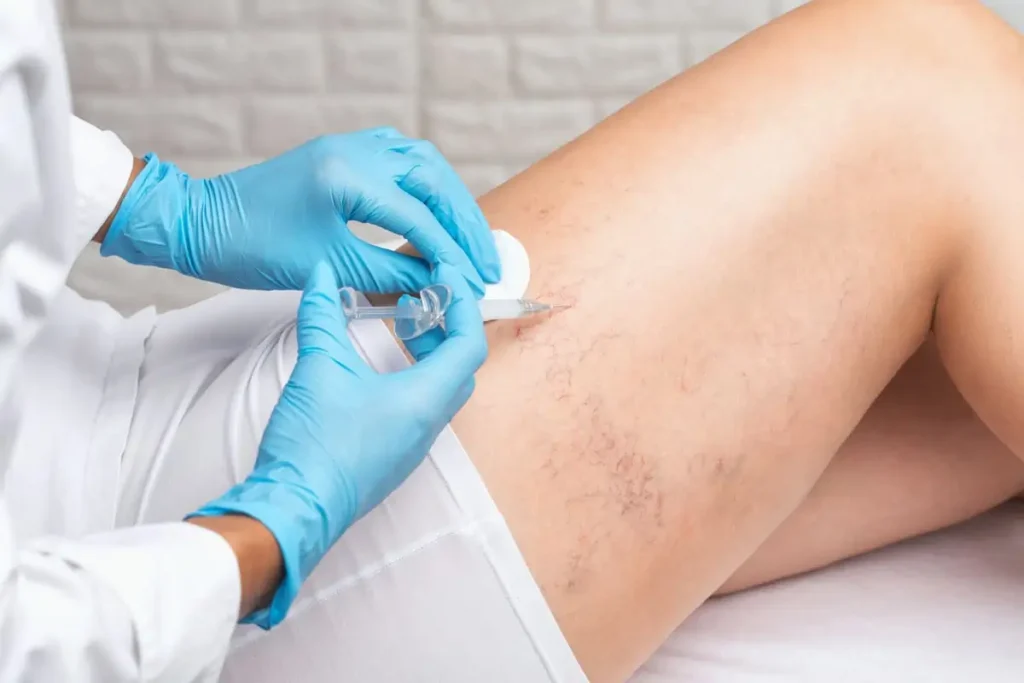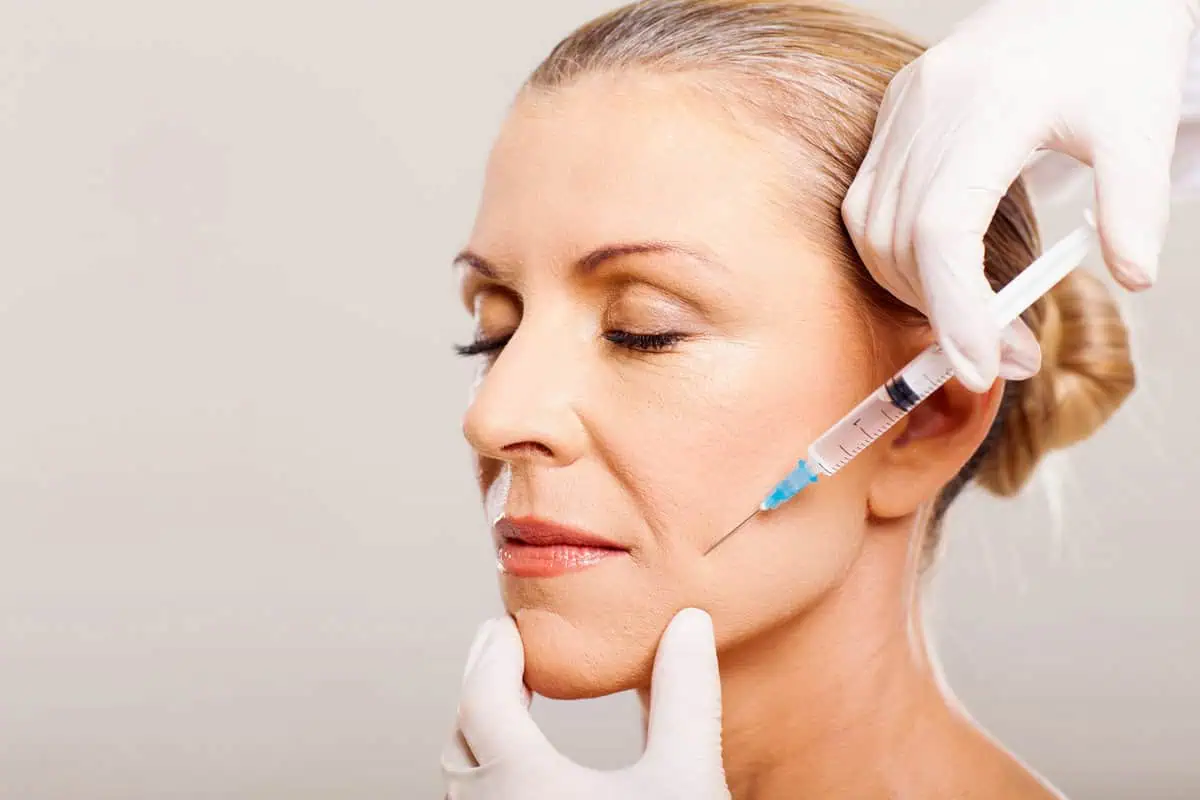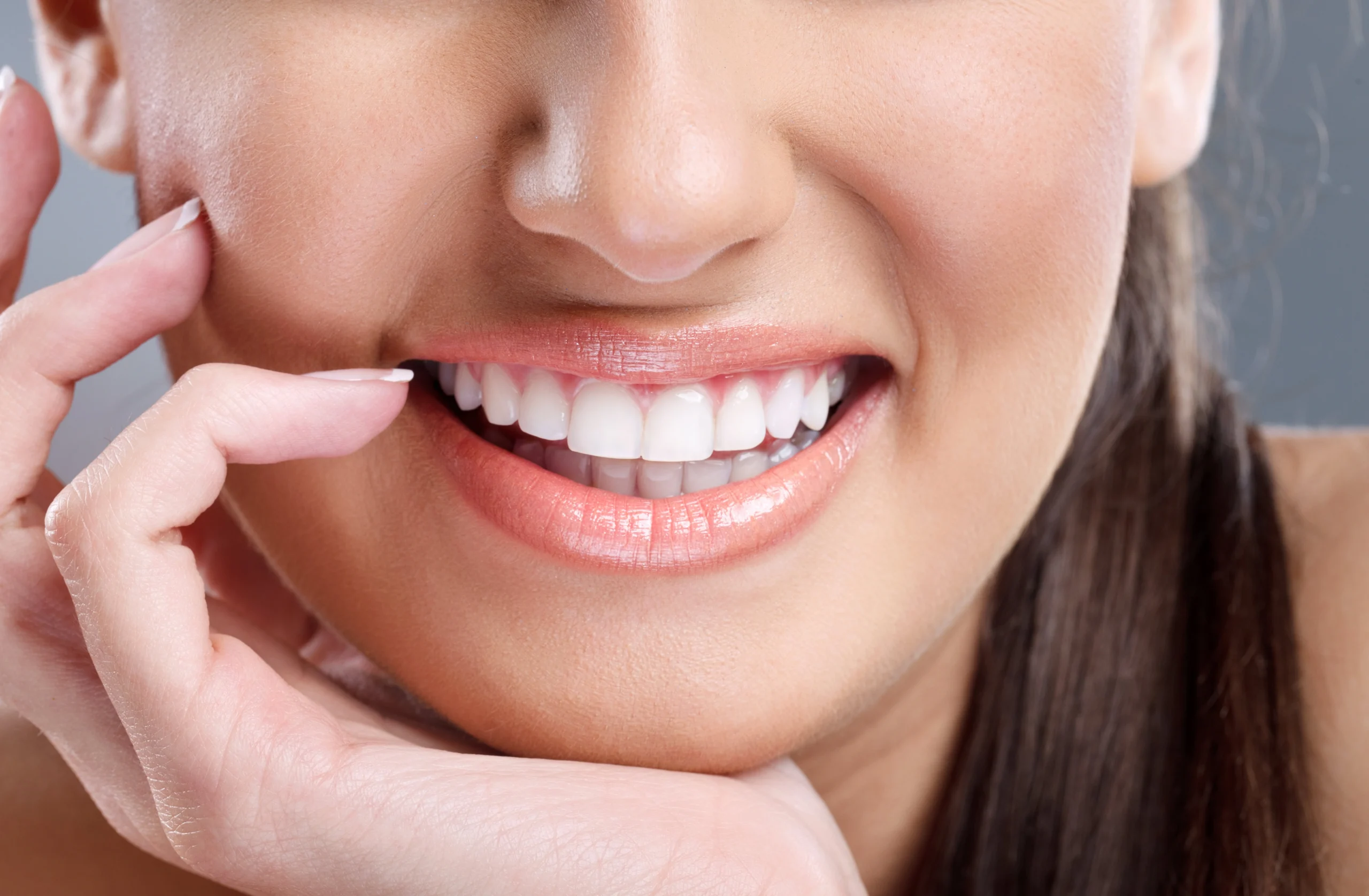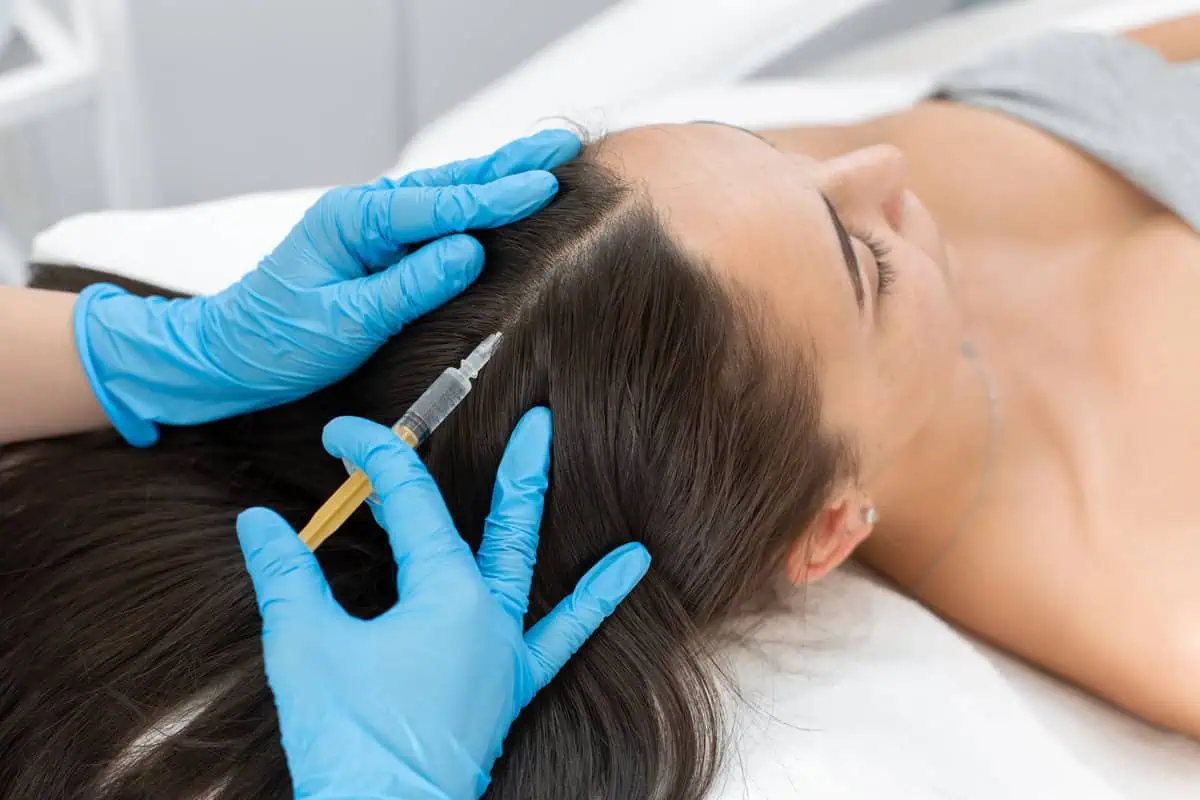
Introduction
Spider veins, those small, web-like networks of veins that can appear on the skin, are a common concern for many. While they are typically harmless, they can sometimes cause discomfort and, for many, are a cosmetic issue. Let’s uncover the causes of spider veins and explore effective prevention strategies.
What are Spider Veins?
Medically referred to as telangiectasias, spider veins are tiny, dilated blood vessels that develop near the skin’s surface. They are usually red, blue, or purple and most commonly found on the legs and face. Unlike varicose veins, which are larger and can be painful, spider veins are generally painless.
Causes of Spider Veins
There are several reasons why one may have spider veins, those tiny, visible veins that resemble webs beneath the skin:
- Genetic Factors: A family history of spider veins or varicose veins can increase your likelihood of developing them.
- Age: As you age, your veins can lose elasticity, and valves can weaken, leading to spider veins.
- Hormonal Changes: Their development may be influenced by hormonal changes brought on by birth control tablets, hormone replacement therapy, puberty, pregnancy, and menopause.
- Pregnancy: Vein enlargement during pregnancy may be caused by increased blood volume as well as hormonal changes.
- Sun Exposure: Overexposure to the sun, especially for fair-skinned individuals, can cause spider veins, particularly on the face.
- Obesity: Spider veins can result from carrying too much weight, which puts additional strain on your veins.
- Standing or Sitting for Long Periods: Occupations or lifestyles that involve prolonged standing or sitting can impede blood flow and lead to spider veins.
- Blood Clots: Factors may also include a history of blood clots or diseases like tumors or constipation that raise intraabdominal pressure.
- Skin Injuries: Trauma or injuries to the skin can sometimes result in spider veins.
Gaining insight into the causes of spider veins empowers you to take proactive steps in prevention, such as lifestyle adjustments or protective measures tailored to your specific risk factors. Moreover, this understanding is invaluable in seeking timely and effective treatment options should spider veins occur, ensuring a targeted approach to care based on the underlying causes.
Prevention Strategies
Preventing spider veins involves a combination of lifestyle changes and proactive measures:
- Regular Exercise: Regular exercise increases muscular tone and circulation, both of which lower the incidence of spider veins. Activities like walking, cycling, and swimming are particularly beneficial.
- Maintaining a Healthy Weight: Keeping your weight within a healthy range reduces pressure on your veins and can prevent the formation of spider veins.
- Elevating Your Legs: Elevating your legs, especially after standing for long periods, helps improve circulation and can reduce the risk of spider veins.
- Wearing Compression Stockings: These stockings can help prevent the pooling of blood in your legs, reducing the pressure that can lead to spider veins.
- Avoiding Prolonged Standing or Sitting: Try to take regular breaks to walk about or switch positions if your job requires you to stand or sit for extended periods.
- Protecting Skin from Sun Exposure: Using sunscreen, especially on your face, can protect your skin from damage and reduce the risk of spider veins.
- Following a Balanced Diet: Vein pressure can be avoided by eating a high-fiber diet, and water retention can be lessened by eating foods high in potassium.
- Avoiding Tight Clothing: Spider veins can be worsened by wearing tight clothing around the waist, legs, or pelvis, which restricts blood flow.
- Limiting Alcohol Consumption: Excessive alcohol can lead to dilated blood vessels and increase the risk of spider veins, particularly on the face.
- Managing Blood Pressure: Keeping blood pressure in check can prevent the weakening of veins and the formation of spider veins.
Incorporating preventative strategies into your daily life can significantly diminish the likelihood of developing spider veins, contributing to healthier veins and improved circulation.
Treatment Options
There are several effective treatment options for spider veins, each with its approach and benefits:
- Sclerotherapy: This is the most used method for treating spider veins. Blood reroutes through healthier veins as a result of an injection of a solution that scars the vein. Following its resorption into the surrounding tissue, the collapsed vein gradually disappears.
- Laser Therapy: Laser treatments involve sending intense bursts of light into the vein, which makes the vein slowly fade and disappear. It’s non-invasive and doesn’t involve needles or incisions.
- Endovenous Laser Therapy (EVLT): This is used for more prominent spider veins and involves using a laser fiber that is passed through a thin tube into the vein, applying heat and closing the vein.
- Radiofrequency Ablation: This technique works similarly to EVLT in that it heats and seals off the impacted veins using radiofrequency energy.
- Vein Stripping and Ligation: In this surgical treatment, a vein is tied off prior to its union with a deep vein and excised via tiny incisions, usually in extreme situations.
- Ambulatory Phlebectomy: Small skin punctures are made to remove smaller varicose veins or spider veins.
- Intense Pulsed Light (IPL) Treatment: Similar to laser therapy, this treatment uses a range of light wavelengths to target and treat spider veins, particularly on the face.
- Lifestyle Changes and Home Remedies: Regular exercise, elevation of legs, wearing compression stockings, and maintaining a healthy weight can help manage and reduce spider veins.
Consulting with a healthcare professional is crucial when considering treatment for spider veins, as they can provide a tailored approach based on individual factors. The effectiveness of a treatment plan can vary depending on the specific location, size, and severity of the spider veins, as well as taking into account your general health and medical history.
Conclusion
Understanding the causes of spider veins is empowering, as it not only aids in effective prevention but also enhances their management, turning a cosmetic concern into an opportunity for proactive health care. At Rejuvenation MD, we pride ourselves on utilizing Endovenous laser ablation to offer superior spider vein treatments tailored to each patient’s unique needs. Embracing the forefront of innovation, our top-of-the-line laser treatments stand as a testament to our commitment to treating spider veins, ensuring each patient leaves with results that reflect the pinnacle of modern medical advancements.



